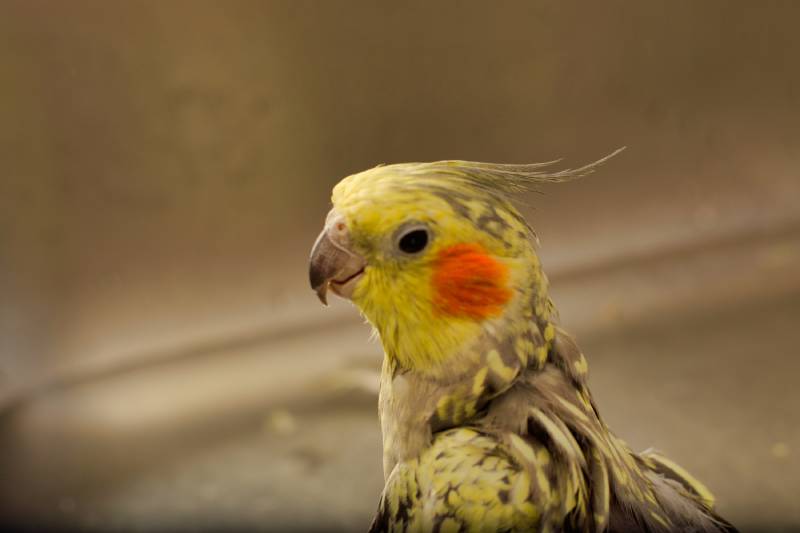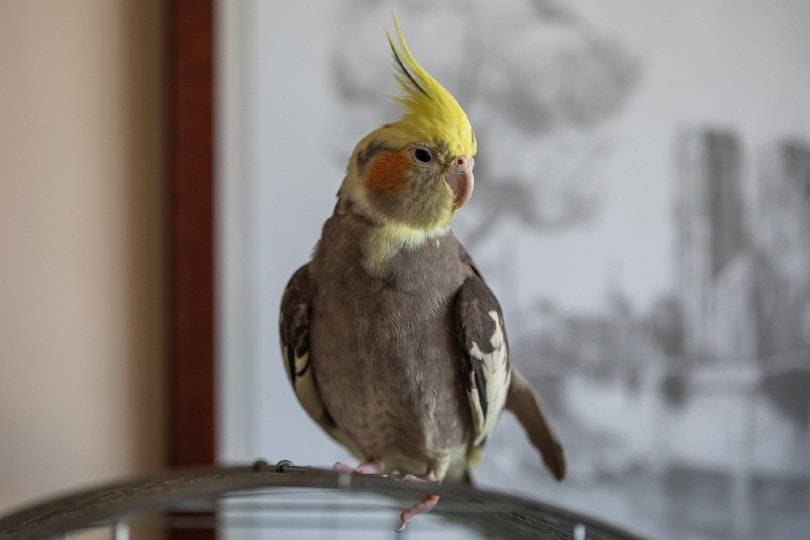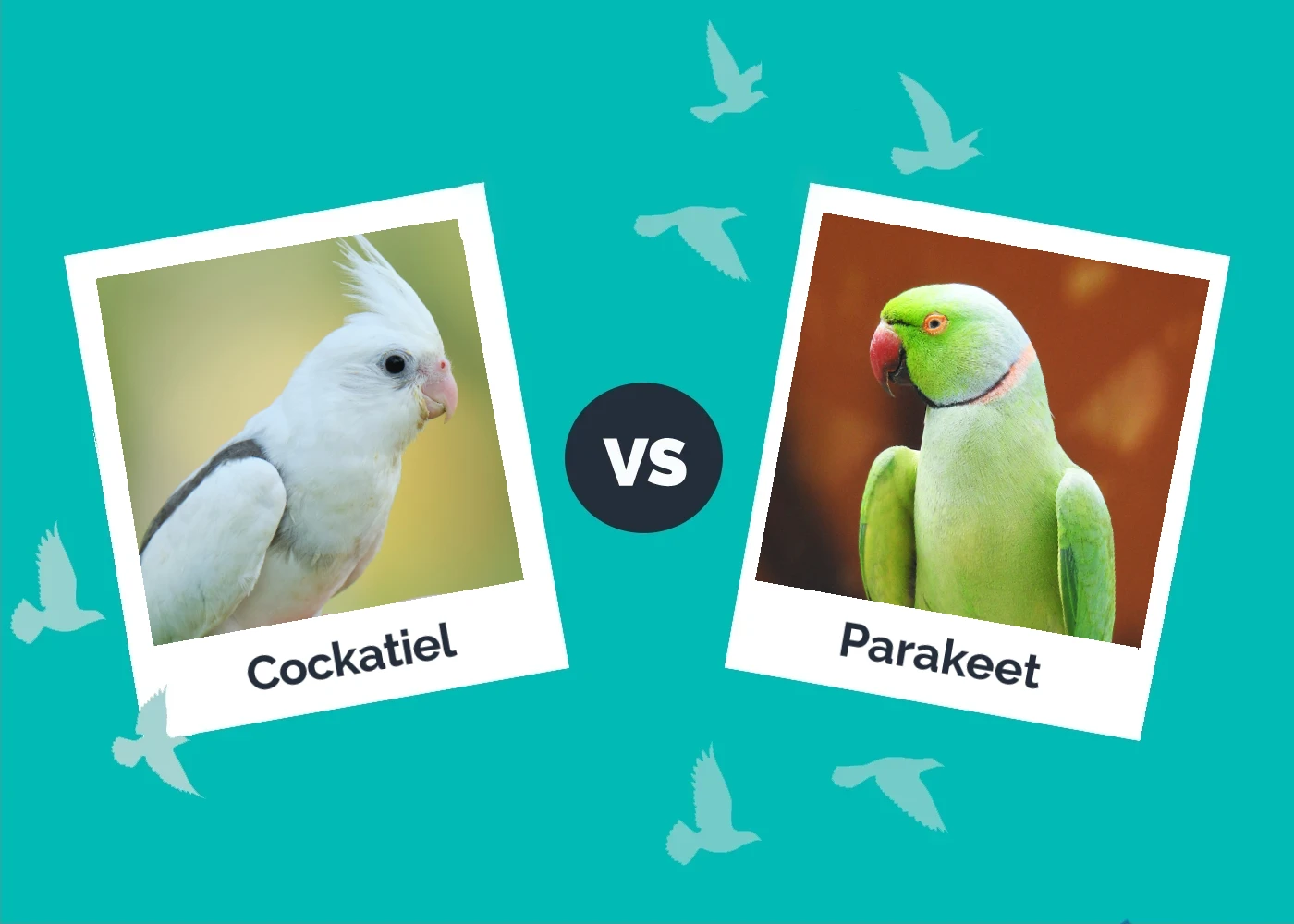How to Tell the Age of a Cockatiel – 6 Typical Ways
Updated on
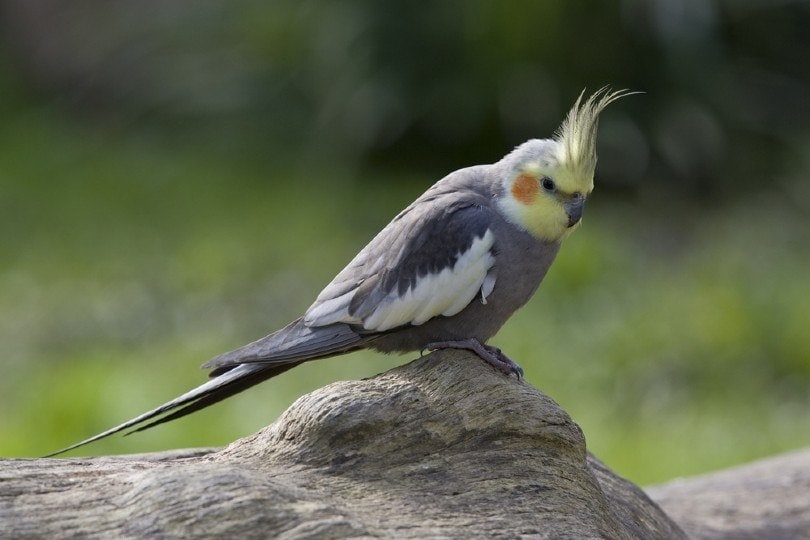
A cockatiel is a lovely family pet that can bring great joy and love into any home. They can live up to 25 years in captivity, so adopting one is a long-term commitment.
If you’ve recently welcomed a cockatiel into your flock, it’s good to figure out its age. Unfortunately, determining age if you haven’t been given an exact hatch date can be tricky, but luckily there are some things you can do to get a rough idea of how old your bird is.
Keep reading to find our tricks on guesstimating the age of your cockatiel.
The 6 Ways to Tell the Age of a Cockatiel
Please note that, if your cockatiel is missing their leg band, or a birth record, and has the outward appearance of an adult, then it is not possible to accurately tell their age. The tips provided in this article should not be considered as scientifically factual but rather as anecdotal guidelines.
Your veterinarian may be able to offer you an estimate of your cockatiel’s age in some circumstances, and therefore, they should be your first point of reference in the event that you don’t know your cockatiel’s age.
It is very important to only adopt cockatiels with accurate birth records, as birds that do not have such a record might have been wild-caught and therefore illegal to adopt or involve in the pet trade.
1. Read Its Leg Band
If a breeder raised your cockatiel, they might have put a leg band on it that contains a random set of numbers and letters. The information attached to the leg band may differ from breeder to breeder, but the last two digits of the year your cockatiel hatched should be marked on the band.
The band sometimes also has the breeder’s initials or the state where the breeder resides, all pertinent information that may help determine your cockatiel’s age.
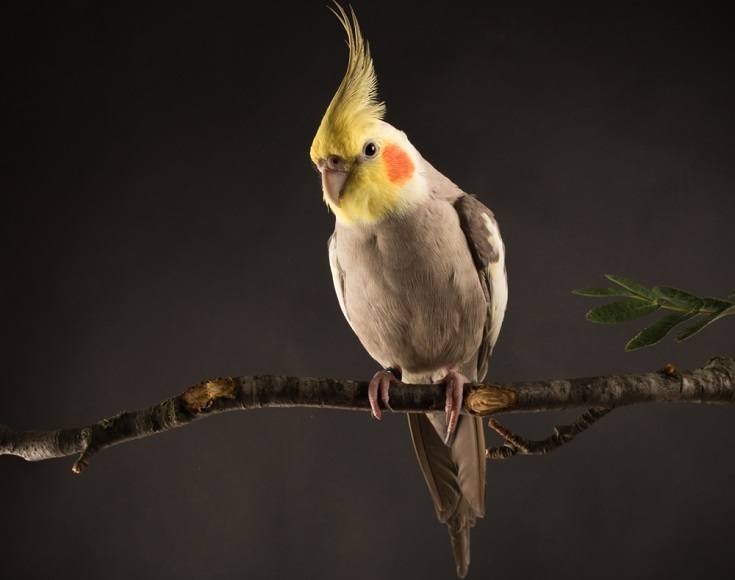
2. Look at the State of Its Feathers
Feathers can tell you a lot about a bird, like its current health, but they can also provide insight into its age.
Cockatiels under a year old have a very distinct look to their feathers.
Newly hatched cockatiels have a thin covering of yellow or white down. Their pin feathers begin to develop a week after hatching, and by two weeks, their pin feathers cover a good percentage of their body and are starting to open.
When cockatiels are around five weeks old, their feathers will have opened. With most color mutations, all chicks will look female as they won’t yet have developed the distinct yellow face that males have.
Cockatiels that are not yet a year tend to have duller coloring than they will as adults, even after their first molt. Their tails will be shorter than an adults, and most males will lose their tail feather stripes and develop a yellow face.
Once a cockatiel has become an adult, its coloring won’t change. Unfortunately, this makes it difficult, if not impossible, to use their feathers to gauge their age.
3. Check Its Beak & Feet
The older cockatiels get, the more scuffed looking their beaks become and the bumpier their feet can feel. This is just a natural side effect of the passage of time.
Younger cockatiels have smoother feet with fewer scales, and their beaks are often “exposed” because the feathers on their side are still short.
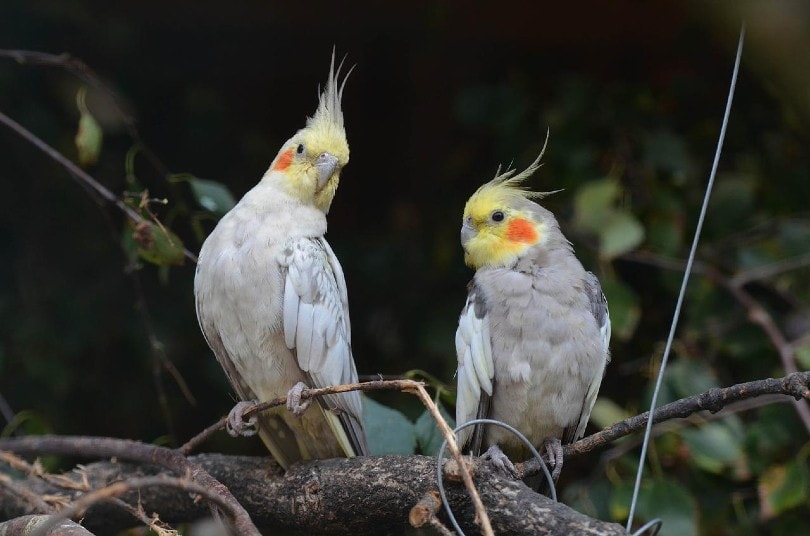
4. Watch How It Holds Itself
How your cockatiel moves its body and even how it sits can tell you a bit about its age. Like young humans, young cockatiels are awkward and less sure on their feet as they’re still learning how to use them.
Older cockatiels that have been using their legs and wings for much longer are clearly more confident in their movements.
5. Pay Attention to Its Energy Levels
Like humans, younger cockatiels are playful and full of seemingly infinite energy. They can retain this playfulness into adulthood, but once they hit their second or third year, they’ve calmed down a bit.
Older cockatiels will spend more time napping, especially while molting or during the year’s colder months. But, of course, low energy can indicate a health problem, so you might want to have your cockatiel checked out at the vet before chalking up their behavior to their age.
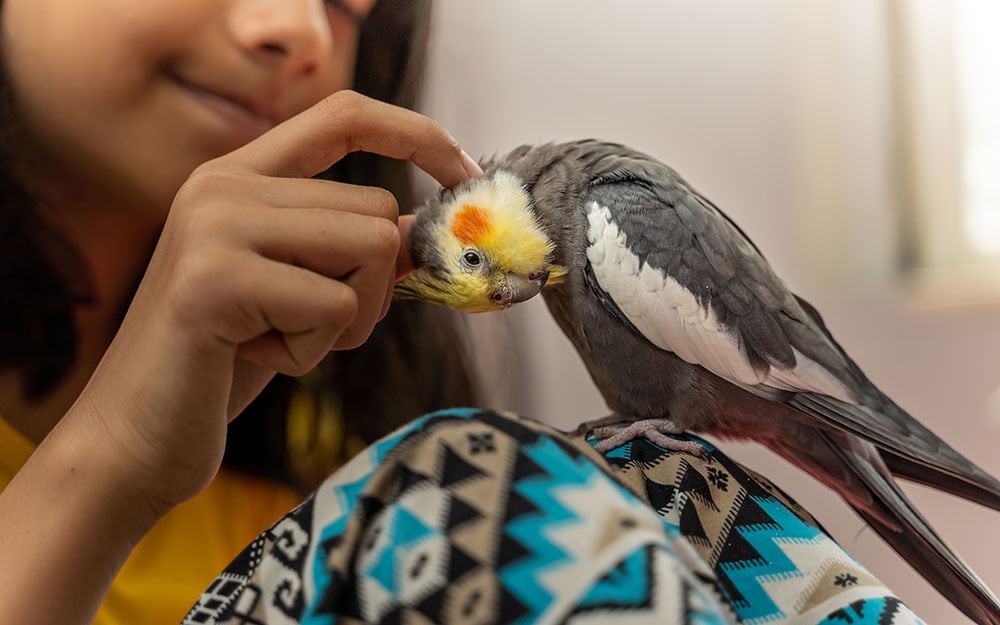
6. Calculate How Long It Sleeps
Older cockatiels tend to sleep much longer than younger ones.Anecdotally, seniors can sleep up to 18 hours daily and are keen on daytime naps. Younger cockatiels will sleep just 10 to 14 hours per day.
Final Thoughts
The easiest way to determine the age of your cockatiel is to ask your breeder for their hatch date. If you didn’t adopt through a breeder, you can check their leg band for more information.
If no leg band is present, checking the quality of their feathers, beak, or feet can give you a rough idea of age. Their posture and energy levels can provide insight as well. But, of course, these methods of determining age are much less precise and won’t give you an exact age.
Read Also:
Featured Image Credit: Bildagentur Zoonar GmbH, Shutterstock



